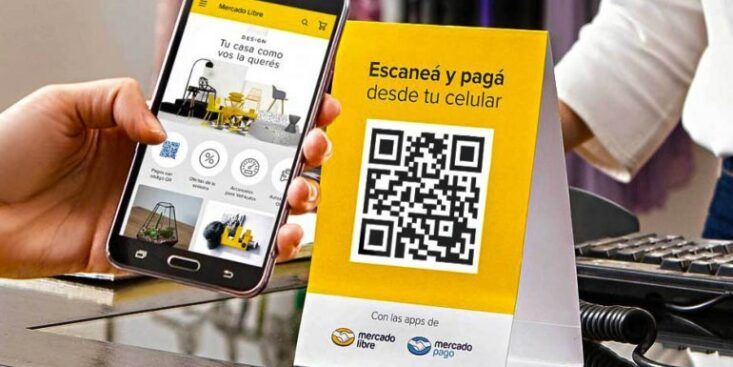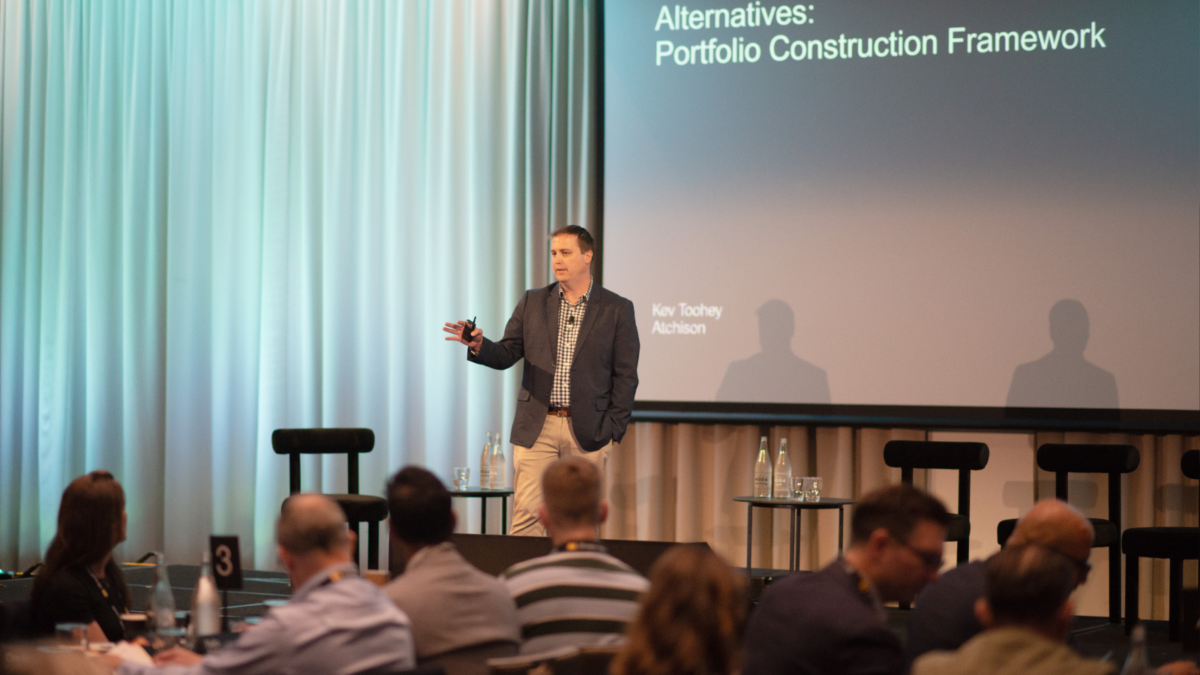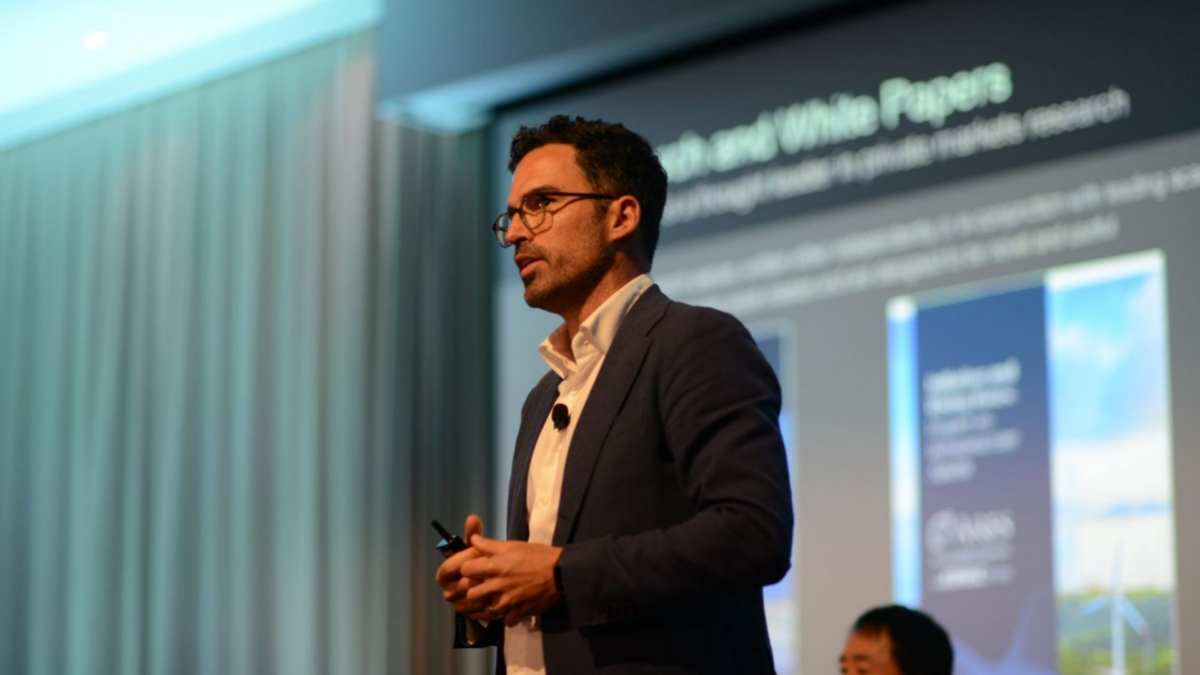Latin American E-Commerce Giant Worth a Long Look
While more and more Australian investors get comfortable with investing overseas, it’s fair to assume that Latin America is not on most people’s map of the investable universe – “there be dragons,” as the old mariners used to say.
Many people would be hard-pressed to name a Latin American stock, although Australians should be at least familiar with Vale of Brazil, given that it is the arch-rival of our iron ore exporters. The continent is not familiar investment territory. Even some of its largest stocks – the likes of Mexican trio mobile network America Movil, media company Grupo Televisa, even building materials company Cemex – which actually bought Australia’s Rinker in 2007, in a poorly timed purchase just before the GFC – or Brazilian plastics and petrochemicals giant Braskem or beverage heavyweight Ambev, are just not on our radar. Latin America lacks the global brand names that would capture Australian investor attention.
But there are several that professional investors – particularly those running global funds – would know quite well.
Argentina-based e-commerce company MercadoLibre is definitely one of these.
Established in 1999, MercadoLibre – “free market” in Spanish – is the largest online e-commerce and payments ecosystem in Latin America, but it has become much more than that. It is now an integrated regional platform that provides all of the necessary online and technology-based tools, and commercial services, to allow businesses and individuals to trade products and services in the region.
The company enables commerce through its marketplace platform (including online classifieds for motor vehicles, vessels, aircraft, services and real estate), which allows users to buy and sell in most of Latin America – it has customers in 18 countries. MercadoLibre’s three largest markets are Brazil, Argentina and Mexico, which currently account for 63%, 19% and 13% of its gross billings, respectively.
MercadoLibre offers the following services:
Mercado Libre marketplace: The platform provides a fully-automated, topically-arranged and user-friendly online trading service. It offers buyers a deep assortment of items that are often more expensive or otherwise hard to find through traditional offline sellers, with new products now representing about 98% of total listings. This service enables both businesses and individuals to list items and conduct their sales and purchases in the largest marketplace in Latin America.
Mercado Envios shipping service: this shipping solution for marketplace users is available in Brazil, Argentina, Mexico, Colombia, Chile and Uruguay. Mercado Envios achieves economies of scale through integration with local carriers and state-of-the-art warehousing services, underpinning it with MercadoLibre’s proprietary technology, which drives down shipping costs and eliminates friction for the platform’s buyers and sellers.
Mercado Pago payments solution: Initially, Mercado Pago was developed to complement the Mercado Libre marketplace facilitating transactions, but the initiative quickly outgrew its initial purpose to pursue the democratisation of payments and financial inclusion, allowing its users to securely, easily and promptly send and receive payments both on and offline. MercadoPago is available in Brazil, Argentina, Mexico, Colombia, Chile, Peru and Uruguay.
Mercado Pago’s payments solutions include a mobile point-of-sale (mPOS) card and a pre-paid card, a digital wallet that enables QR payments so that users can pay utilities bills, make P2P transactions, cell phone top ups and pay transportation tickets; Mercado Fondo, an investing and asset management app; and Merchant Services, an online off-platform payments solution that allowing merchants to facilitate checkout and payment processes either by registering with MercadoPago or by providing their credit card information as a “guest user.”
Also, through MercadoLibre’s partnership with PayPal, Brazil and Mexico-based users of Mercado Pago can use PayPal to make payments at online checkout at merchants offering Mercado Pago, while PayPal will offer Mercado Pago as a payment method at merchants accepting PayPal. PayPal has also expanded Xoom, its online money transfer service, to power remittances paid into Mercado Pago wallets in Mexico and Brazil.
Mercado Credito: a credit solution that allows both consumers and merchants to use the entire MercadoLibre ecosystem and machine learning algorithms to determine a more accurate scoring for each user.
Advertising service: The advertising platform enables large retailers, small and medium brands and various other consumer brands to promote their products and services on our marketplace or in the internet by providing branding and performance marketing solutions.
Classifieds service: Enables users to list their offerings related to vehicles, vessels, aircraft real estate, and services outside the Marketplace platform. Classifieds listings differ from Marketplace listings, as they only charge optional placement fees, and never final value fees. Classifieds pages are also a major source of traffic to our website, benefitting both the Marketplace and non-marketplace businesses.
In the company’s most recent results, for the first-quarter (to 31 March 2020), revenue surged 70.5% (on a foreign-exchange-neutral basis) to US$652 million; with total payment volume 82.2% higher, at US$8.1 billion, and gross merchandise volume (GMV) up 34.2%, at US$3.4 billion. Unique active users on the platform swelled from 33 million in March 2019 to 43.2 million. Live listings offered on MercadoLibre’s marketplace reached 267.4 million, up 29.8% in a year.
COVID did slam the company: during the week of the 18-24 March, year-on-year growth for items sold slumped to 3.3%, with Fx-neutral GMV declining by 1.4%. Subsequently, growth rates accelerated in April to 75.8% annualised increase in items sold and 72.6% Fx-neutral annualised growth in GMV. Second-quarter results will show the extent to which MercadoLibre’s business has bounced back.
One Australian investor that knows MercadoLibre well is Francyne Mu, Sydney-based portfolio manager and analyst at Franklin Equity Group, which holds the stock in the Franklin Global Growth Fund.
“It’s often called the ‘Latin American e-Bay’, or an Amazon-type platform – it’s the the largest online marketplace in Latin America. The stock has a marketplace similar to eBay, and a payments system similar to Pay Pal,” says Mu.
“We like names with strong free cash flow, good competitive advantages and management teams that have been able to invest for the future, and MercadoLibre gives us all of that. It’s really well-managed, and has just done superbly well in terms of building-out its ecosystem to enhance its competitive advantage, its first-mover advantage that it has built over time,” she says.
Mu says there is a constant sentiment overhang that MercadoLibre is at risk from the threat of Amazon entering Latin America, but she says this theory under-estimates what the Argentinian company has built. “We’ve addressed that with the company, many times, and we don’t see any sign of it in a big way. In particular, the logistical side of the equation in Brazil is fairly challenging, and Mercado Libre having the first-mover advantage, and having been able to bargain with the third-party logistics providers, and build up relationships there, has built up a formidable competitive advantage. They have become to ‘go-to’ platform for buyers and sellers in Latin America, and we think the fact that they’ve developed their own payment system has only strengthened that competitive advantage.”
Mu says the beauty of MercadoLibre is that it “adds a great deal of value” to the companies that market their products through its platform. Almost 90% of the companies that sell on Mercado Libre are small-to-medium-sized enterprises (SMEs) that do not have the infrastructure or technology to operate their own warehouses.
Also, she says, there is a huge amount of growth left in its market: online commerce penetration in Latin America remains very low, with only about 3% of all retail sales occurring online (about 7% in Brazil), compared to 12% in the US. And the opportunity with MercadoLibre’s payments ecosystem is potentially even larger: some 400 million people in the region are still without bank accounts or credit histories.
In fact, if you want a compelling ESG (environmental, social and governance) case for your investments, MercadoLibre CEO Marcos Galperin speaks of the company’s mission to open up e-commerce and easy digital payment solutions to SMEs and sole traders as “fostering financial inclusion in Latin America,” while also rewarding MercadoLibre’s shareholders.
There is only one problem: MercadoLibre looks to be slightly over-valued for now.
Despite having its headquarters in Buenos Aires, MercadoLibre is listed on the Nasdaq Stock Market, under the code ‘MELI,’ where it is a constituent of the Nasdaq 100. As such, the shares are within easy reach of Australian investors, through the plethora of online brokers offering cheap US trading.
MELI is trading at US$964.72, up from US$282 just three years ago, which capitalises the company at US$48 billion ($68.5 billion) – about the same size as Westpac. On a sample of 24 analysts, Marketscreener.com gives a consensus price target of US$849.57 – but a consensus rating of “outperform.”
Of the Marketscreener.com sample, six analysts rate the stock a “buy,” six rate it “outperform,” ten rate it as “hold” and just two rate it a “sell.”











